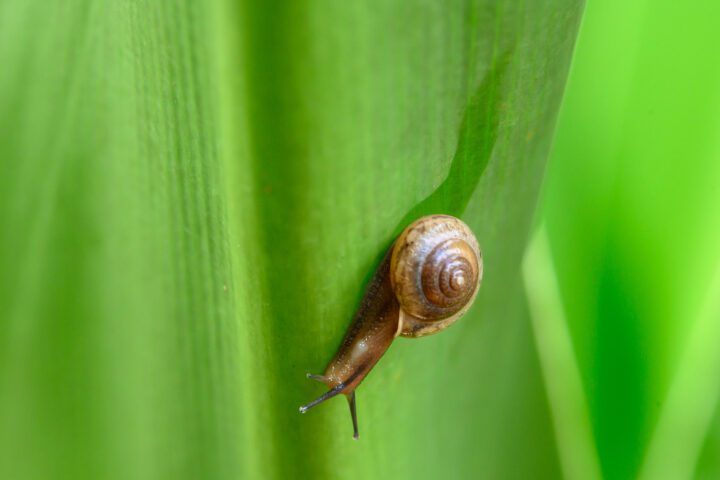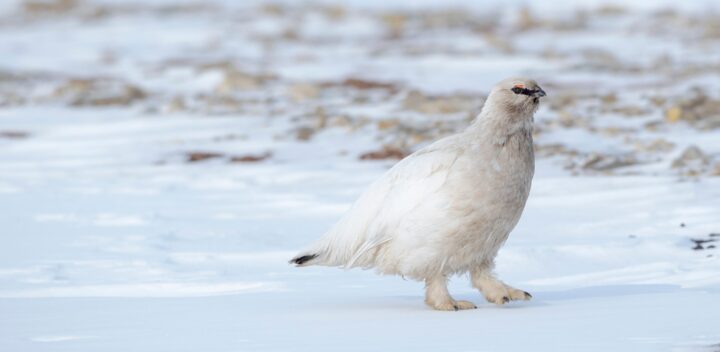Move in/on Solids
To obtain needed resources or escape predators, some living systems must move on solid substances, some must move within them, and others must do both. Solids vary in their form; they can be soft or porous like leaves, sand, skin, and snow, or hard like rock, ice, or tree bark. Movement can involve a whole living system, such as an ostrich running across the ground or an earthworm burrowing through the soil. It can also involve just part of a living system, such as a mosquito poking its mouthparts into skin. Solids vary in smoothness, stickiness, moisture content, density, etc, each of which presents different challenges. As a result, living systems have adaptations to meet one, and sometimes multiple, challenges. For example, some insects must be able to hold onto both rough and slippery leaf surfaces due to the diversity in their environment.
Protect From Ice
Freezing temperatures can be difficult for living systems to manage. They can cause ice crystals to form in blood and tissues, which causes damage to cells and ultimately, death. Living systems can’t afford the energy required to melt ice crystals, so instead, many have strategies to prevent crystals from forming in the first place. Many amphibians, plants, and insects have chemicals that act as antifreeze to prevent icy crystal formation. Another challenge ice presents is that it creates a slick surface, requiring friction to traverse. This is why polar bears’ paws have a rough surface that grips ice.











